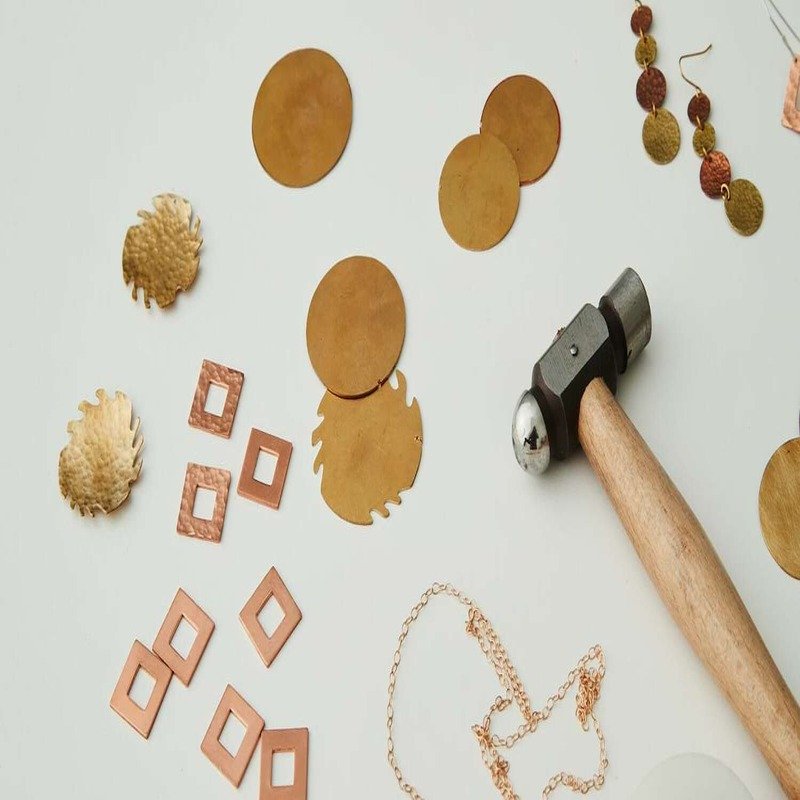Wood jewelry making is a time-honored craft that requires skill, precision, and creativity. From carving and shaping to finishing and embellishing, artisans employ a variety of techniques to transform raw wood into beautiful wearable art. In this article, we’ll explore the intricate craftsmanship and traditional techniques used in wood jewelry making, shedding light on the artistry and expertise behind these exquisite creations.
The Art of Carving and Shaping
At the heart of wood jewelry making lies the art of carving and shaping. Using hand tools such as chisels, gouges, and knives, artisans carefully sculpt raw wood into intricate designs and patterns. Whether it’s delicate filigree work or bold geometric shapes, each piece of wood jewelry begins as a blank canvas, waiting to be transformed by the hands of a skilled craftsman.
Traditional Woodworking Techniques
Woodworking techniques such as relief carving, inlay, and marquetry are commonly used in the creation of wood jewelry. Relief carving involves carving away the background of a design to create a raised motif, while inlay involves embedding contrasting materials such as metal, shell, or stone into the surface of the wood. Marquetry, on the other hand, involves the assembly of thin wood veneers to create intricate patterns and designs.
Finishing and Polishing
Once the basic shape and design of the wood jewelry piece are complete, artisans proceed to the finishing and polishing stage. This involves sanding the wood to smooth out any rough edges and imperfections, followed by the application of stains, dyes, or finishes to enhance the natural beauty of the wood. Finally, the piece is polished to a high shine using fine-grit sandpaper or buffing wheels, resulting in a lustrous and durable finish.
Incorporating Mixed Media
In addition to traditional woodworking techniques, many artisans incorporate mixed media into their wood jewelry designs. This may include the use of metals such as gold, silver, or copper for accents and embellishments, as well as gemstones, beads, or resin for added color and texture. By combining wood with other materials, artisans can create visually stunning pieces that are both unique and eye-catching.
Modern Innovations and Technologies
While traditional techniques remain at the core of wood jewelry making, modern innovations and technologies have also influenced the craft. For example, advancements in laser cutting and engraving technology allow artisans to create intricate designs with unparalleled precision and detail. Additionally, the use of computer-aided design (CAD) software enables designers to experiment with different shapes, sizes, and patterns before bringing their creations to life.
Preserving Traditional Craftsmanship
Despite the advent of modern technologies, many artisans remain committed to preserving traditional craftsmanship and techniques in wood jewelry making. Through apprenticeships, workshops, and cultural institutions, these craftsmen pass down their knowledge and skills to future generations, ensuring that the art of wood jewelry making continues to thrive for years to come.
Conclusion
In conclusion, wood jewelry making is a labor of love that requires dedication, patience, and a keen eye for detail. From carving and shaping to finishing and polishing, artisans employ a variety of techniques to transform raw wood into exquisite wearable art. Whether using traditional woodworking methods or incorporating modern innovations, the craftsmanship and expertise behind wood jewelry making are truly remarkable. As we admire the beauty of wood jewelry, let us also appreciate the skill and artistry of the craftsmen who bring these creations to life.






